
‘Tis the season for Sangiovese, and lots more, as the fourth Italian Wine Week is set for Beijing, Changsha and Hangzhou from September 11 to September 17. This festival of vino is paired with the Vinitaly China Roadshow that features 50-plus producers and covers these same cities.
I asked Simon Incontro, China rep for Veronafiere / Vinitaly, for more details on these projects, the state of China’s wine scene, Italian craft wine, the next Wine to Asia, and more.
(Note: I helped find some of the bars / restaurants participating in the Beijing stop of Italian Wine Week.)
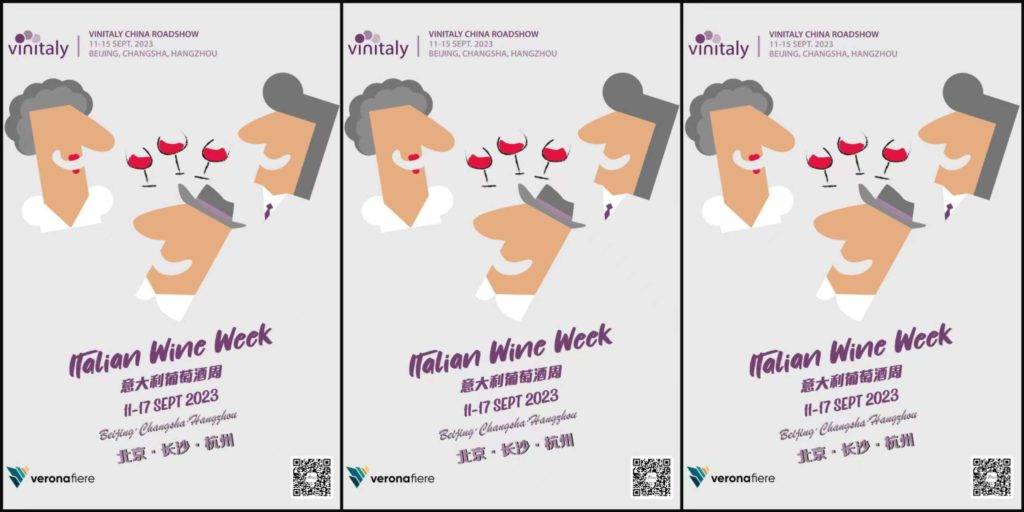
1 The fourth Italian Wine Week is only ten days away and includes a return to Beijing. What is this year’s itinerary and why did you pick these cities?
Incontro: This will be our second time in Beijing. Vinitaly together with the Italian Trade Agency decided to make Beijing a stop every two years when we created Italian Wine Week in 2019.
We also chose Changsha and Hangzhou this year because they are not only top destinations for tourism but also important emerging wines and spirits players where we have strong strategic partners.
Changsha is one of China’s hottest cities for nightlife, including clubs and cocktail bars, as well as new F&B outlets, while the beautiful city of Hangzhou has good vibes ahead of the upcoming Asian Games.
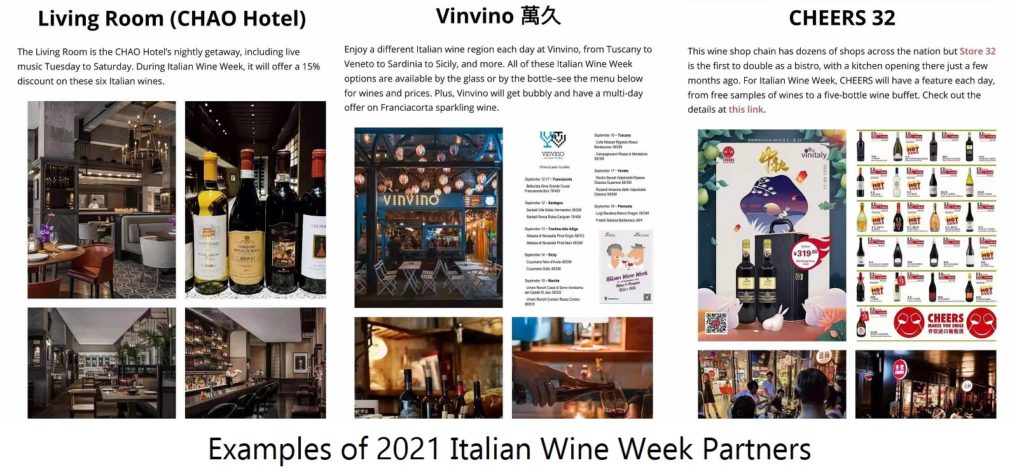
2 This is the first time with no COVID regulations in China. What are your predictions for this year’s Italian Wine Week festivities?
We know the market for some bars and bistros in Beijing is not easy and we hope that Italian Wine Week helps with business and helps boost sales.
As for Changsha, this city surprised me most during my preparatory visits. It is full of young entrepreneurs in the F&B and catering industries. Most of the people we talked to are very optimistic and planning new openings.
And Hangzhou is almost ready for the Asian Games. The mood in the city is impressive and Italian Wine Week may be an important moment for the F&B scene just before the Games launch.
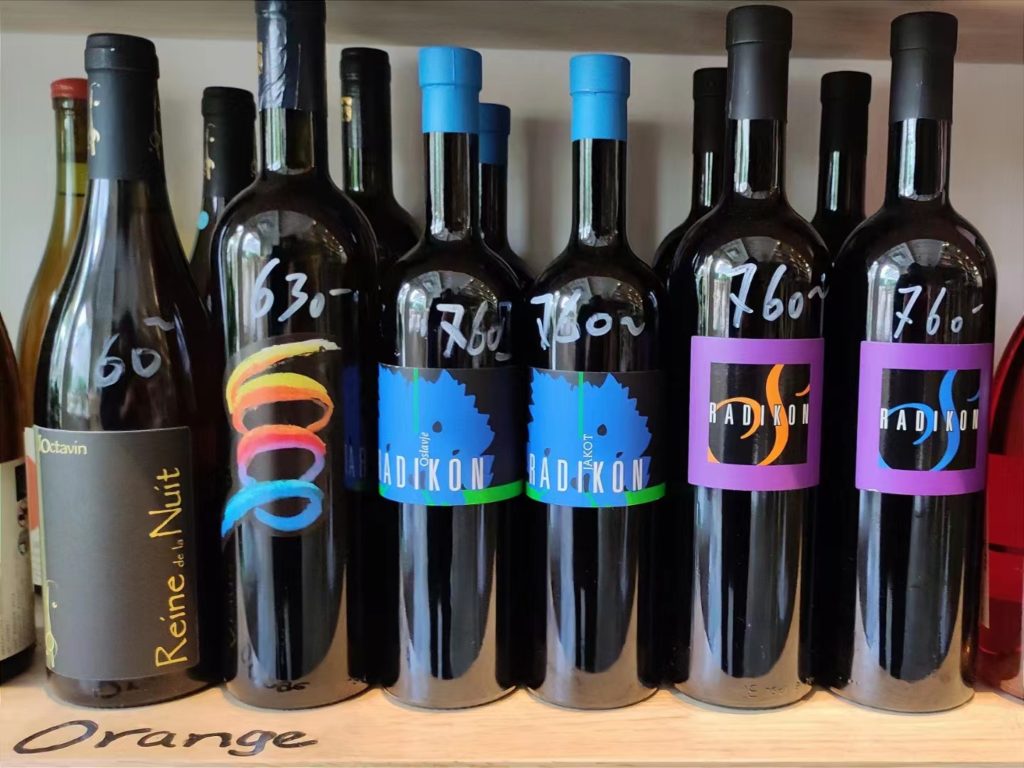
3 We can find Italian wine in bars, restaurants, hotels, retail shops and more. How do these all fit under the Italian Wine Week umbrella?
This event is a kind of week-long celebration of Italian wine. It is for those who love Italian food and wine, or who are curious about them, and gives consumers many ways to indulge.
The usual focus on “masterclasses” or structured tastings gives way to the simple joy of visiting a bistro or restaurant to enjoy a red, white or sparkling wine by the glass. Or a special wine pairing with food. Or just a bottle of Italian wine with friends.
It’s a simple message to go out and have fun.
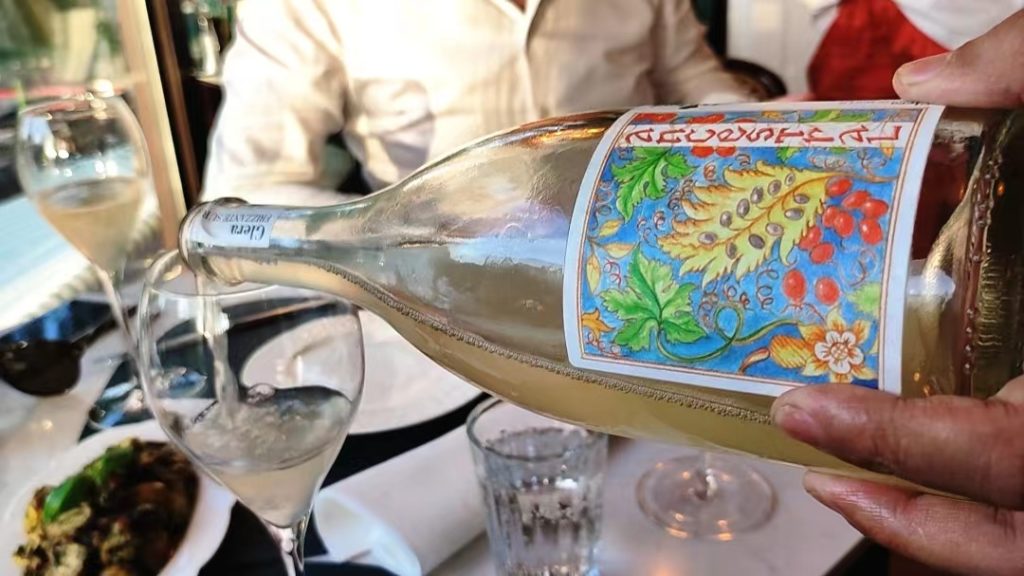
4 “Craft wines”, such as natural, pet-nat, biodynamic and orange wines, are quite hot right now. What is the situation in China for Italian craft wines?
I don’t have statistics but I would definitely say these niches are booming, especially in the wine bars and among the younger generations of wine drinkers. When it comes to these wine styles, Italy and France are among the top destinations.
5 Consumer spending has been more modest than many hoped for in the post-COVID era. How can Italian wine importers get part of that consumer budget?
A few months ago, I talked to a shareholder from one of Shanghai’s hottest pasta places, Yaya’s, and he was very worried about wine prices.
“We followed the naïve way of selling bottles of natural wine, very funky, at 600 RMB and up, but realized it is too expensive,” he told me. “People cannot spend 150 or 200 RMB for food and then more than three times that for a bottle of wine.”
He was one of the first to tell me wine should be sold in the range of 300 to 600 RMB.
The same thing happened to me with one of the leading wine bars in Xiamen, Fine Bento, and at the first natural wine bar in Shenzhen, weeknd*.
More bars and restaurants have realized the same. In some bars I visited in Changsha, I saw owners try to serve decent wines—not ‘OEM’ wines—even below 200 or 300 RMB, regardless of the source country.
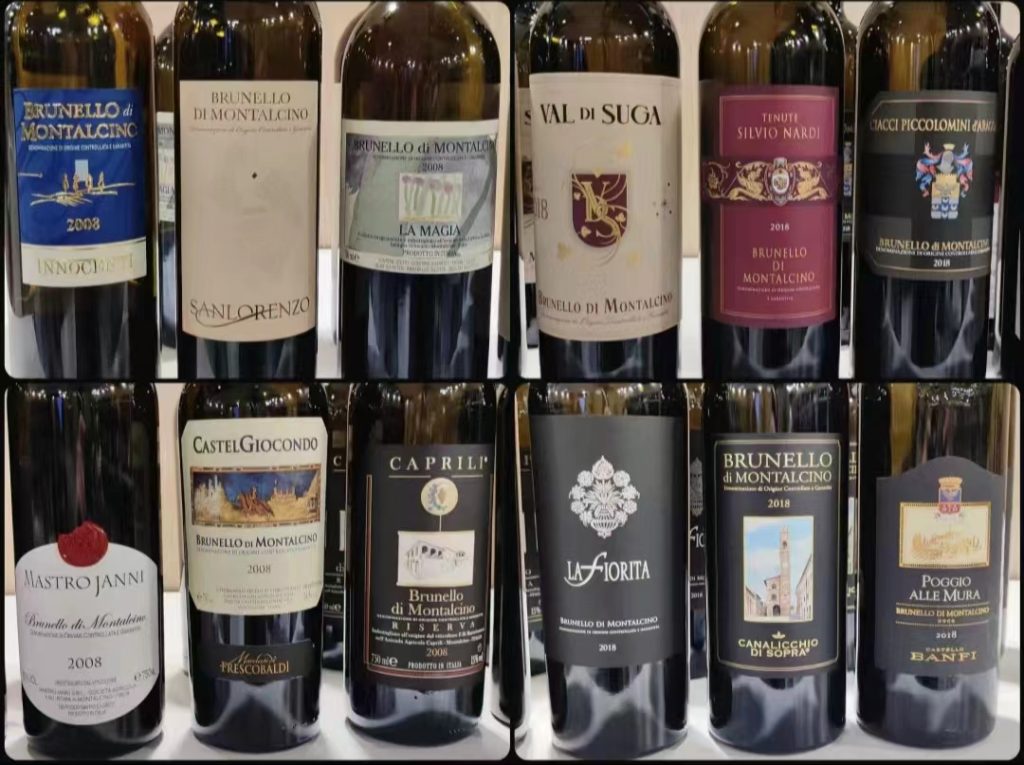
6 What are some Italian wine trends that aficionados should be seeking?
Besides classics like Barolo, Brunello, Brunello di Montalcino (“BDM”), Amarone and Sangiovese, those aficionados may discover wonderful white and orange wines from Friuli Venezia Giulia (the Collio area), wines from areas with volcanic soils such as Soave (Veneto) and Etna (Sicily), Primitivo from Apulia and Montepulciano D’Abruzzo.
They can try white wine from the south of Italy and Pinot Noir from Trentino Alto Adige. And they might also enjoy a good-quality Moscato.
And don’t forget to try the best seller: Italian Pinot Grigio ranks among the leading wines by the glass all over the world.

7 Your Wine to Asia exhibition in Shenzhen in May drew a large turnout. What’s your take on that event and how it affects Italian wines in China?
After postponing that event six times due to the COVID situation, we finally succeeded, and with the same spirit as the inaugural fair in November 2020. (I am also very glad the Wine to Asia team created a special edition last year—in very difficult circumstances—dedicated to natural wine.)
Some competitors tried to label us as “the Italian wine fair” but thanks to a lot of hard work, we attracted vendors from 27 countries, with Italy representing about one-third of total exhibitors, on par with France at Vinexpo Asia.
Of course, Veronafiere / Vinitaly is Italian, and we have Italian DNA, but we have been based in China for years and cooperate with wine associations from many countries.
We also wanted Italy to shine at Wine to Asia, and to organize the country’s exhibitors not by importers but by regions, and give attendees a clearer image of what Italian wine is all about. I am glad the Italian Trade Agency shared the same philosophy about this.
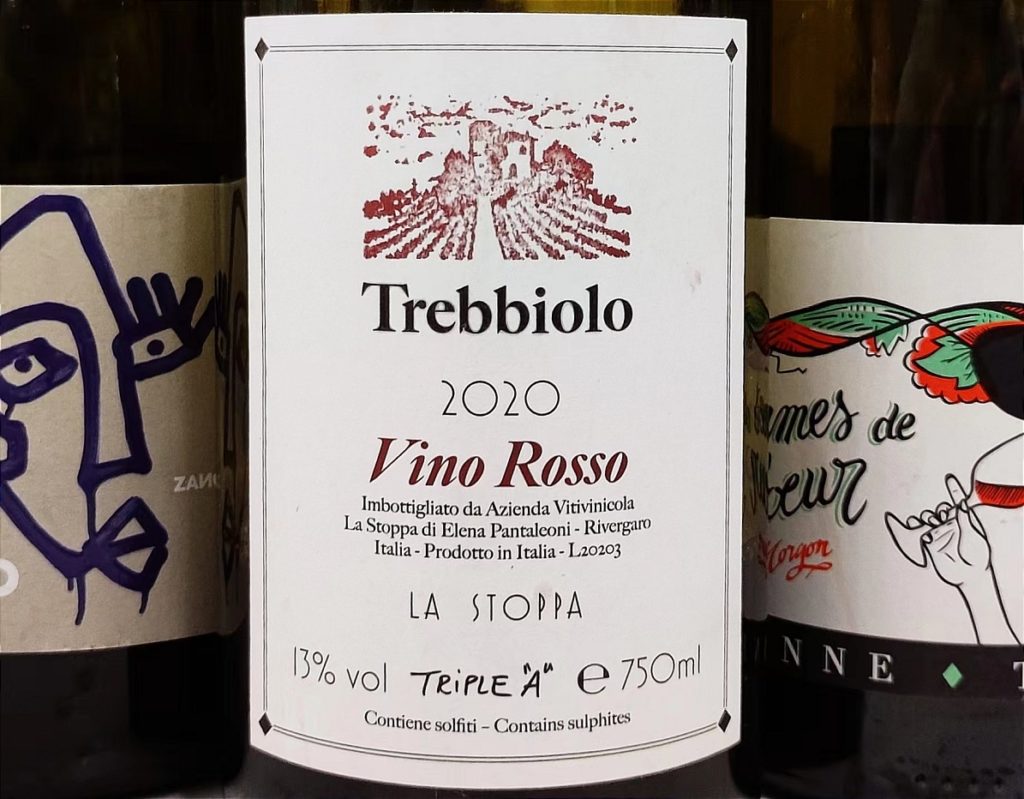
8 Looking ahead to the next Wine to Asia 2024, what can attendees expect?
Wine to Asia will be held from May 9 to May 11 in downtown Shenzhen. We will be creative, international and professional, not only with wine, but also with spirits and mixology.
We are lucky we are in downtown Shenzhen and the wine and spirits community can gather with us three days and nights. We are also planning guest shifts in cocktail bars and sommelier nights for the Greater Bay Area Wine (and Spirits) Week.
As a founder of Ziran [natural wine fair] told me last week, “Winemakers. We need the winemakers”. With our overseas partners, we will invite more winemakers and make a difference for Wine to Asia.
There will be more “new world” wines, more French and Italian wines, our groundbreaking “Living Wine” pavilion, a surprise from the Balkans, and more, including the participation of Chinese regions.
Learn more about Italian Wine Week here, the Vinitaly China Roadshow here and Wine to Asia 2024 here.
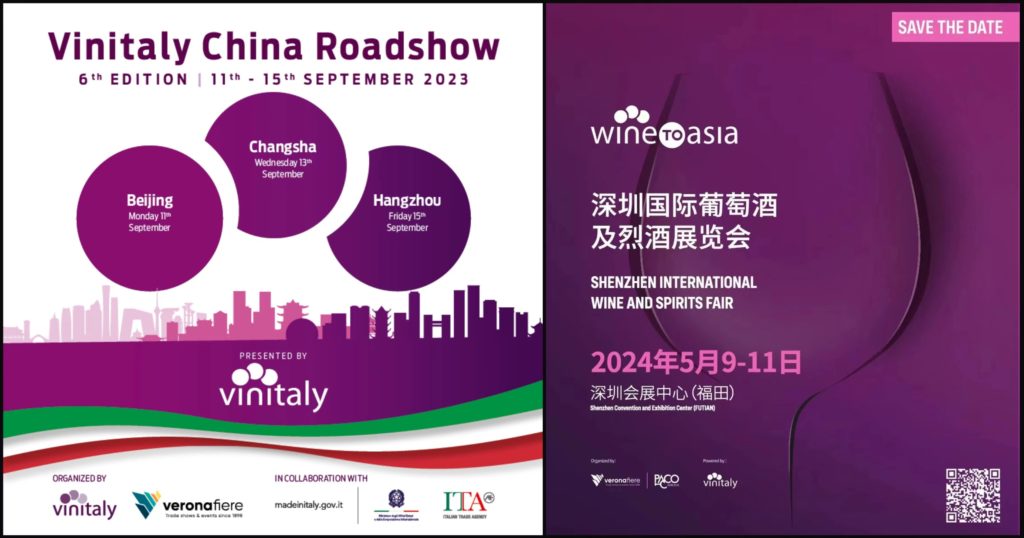
Sign up for the Grape Wall newsletter here. Follow Grape Wall on LinkedIn, Instagram, Facebook and Twitter. And see my sibling sites World Marselan Day, World Baijiu Day and Beijing Boyce. Grape Wall has no advertisers, so if you find the content useful, please help cover the costs via PayPal, WeChat or Alipay. Contact Grape Wall via grapewallofchina (at) gmail.com.
Leave a Reply
You must be logged in to post a comment.